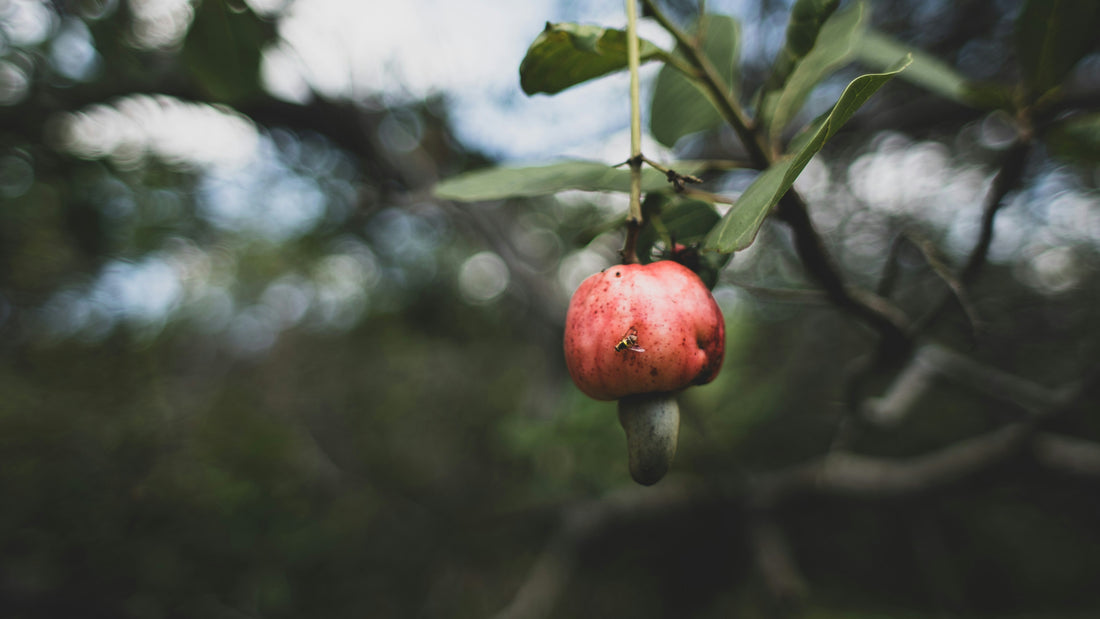
Cashew coating: Cashew nuts
Characteristics of Cashew Lacquer
Cashew paint contains natural ingredients extracted from the cashew nut tree, which belongs to the Anacardiaceae family, as its main component. The main component is cashew nut shell oil, which determines the properties of the paint. In addition, various additives are added and it is displayed as a synthetic resin. Household Products Quality Labeling Act
1. Ingredients and manufacturing method
Cashew paints usually contain natural ingredients extracted from the shells and kernels of cashew nuts. This mainly includes cashew nut shell oil, which is the main component of the paint. The manufacturing process varies from product to product, but generally includes steps such as extraction, refining, and blending.
2. Characteristics
Cashew paints are generally water and weather resistant, providing protection to surfaces such as wood and metal, and cashew nut shell oil acts as a hardener, forming a robust surface after drying.
3. Uses
Cashew paints may be used to paint woodwork, furniture, metal products, etc. Some products are food contact compatible and may even be suitable for finishing dishes and kitchen utensils.
4. Environmental impact
Cashew paints are usually made from natural materials and are said to have less impact on the environment than other synthetic paints. However, because different products have different ingredients and additives, more information is needed on the safety and environmental impact of specific products.
Cashew Nut Tree
Cashew nuts are the fruits of the cashew nut tree (Japanese name: Anacardium occidentale). Below is information about the cashew nut tree. Also known as: Magatama tree
1. Place of origin
The cashew nut tree is originally native to the Amazon region of Brazil and has since spread to other tropical regions, and is now widely cultivated in tropical and subtropical areas of Africa, Asia, and Central and South America.
2. Appearance and Features
- Cashew trees are medium to large evergreen trees that typically grow to a height of around 10 to 15 metres.
- The leaves are long and oval with pointed tips.
- The cashew fruit sits on an enlarged structure called a pedicel attached to the petiole, and the fruit itself has a homogenous flesh and a hard outer shell.
2. Cashew nut harvesting
- Cashew trees generally bear fruit, but the important thing is the seed inside the fruit, the cashew nut.
- Cashew nuts are enclosed within two shells on the outside of the fruit, the outermost shell contains toxins that can cause skin irritation when exposed to oxygen, so care must be taken when harvesting and handling.
3. Uses
- The cashew nut itself is widely used as a food ingredient: it can be eaten raw, used in dishes, or roasted as a snack.
- Other parts of the cashew tree are also used, such as cashew syrup, made from the sap, and oil from the cashew shells, which has industrial uses ( cashew paint ).
4. Environment and Agriculture
- Cashew nut trees are well suited to growing in tropical regions and are relatively tolerant to drought. In agriculture, cashew nut trees are expected to contribute to land conservation and increased profitability.
5. Economic importance
- Not only are cashew nuts used as food, but cashew oil has a wide range of uses including cooking, manufacturing and cosmetics.
- Cashew nut production is an important source of agricultural income in some countries and contributes to foreign exchange earnings.
Its fruit, the cashew nut, and other parts are economically important and are an important crop in many countries from an agricultural and industrial point of view.
How to choose lacquerware , Comparison of lacquerware , Characteristics and maintenance of lacquerware , General information on lacquerware


